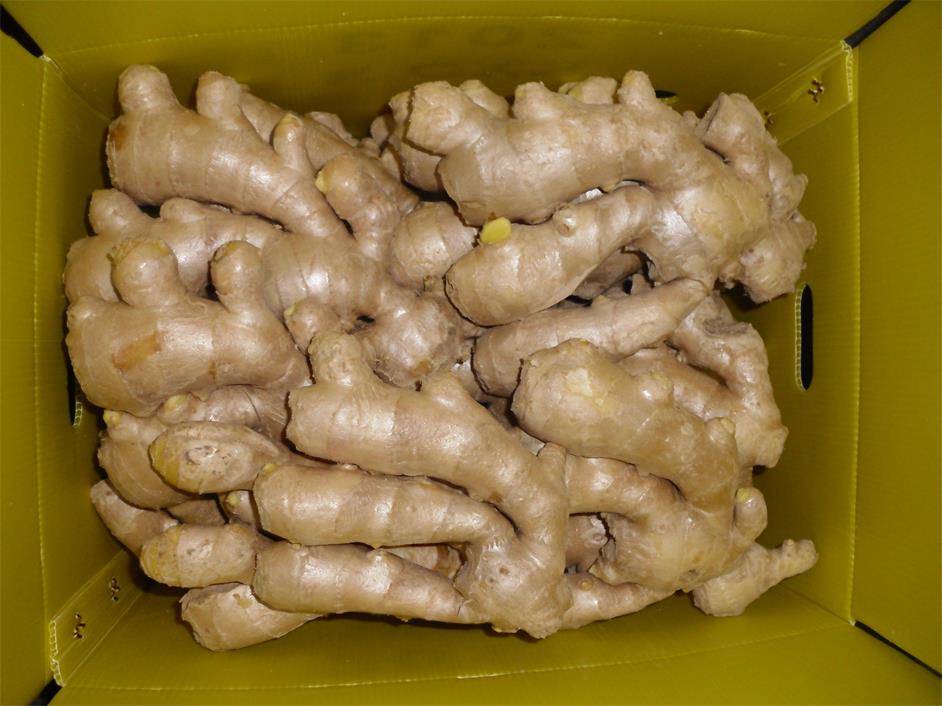Livestock farms can use empty premises or simple grass and bamboo structures, but they must be sturdy and durable. Breeding mallards must be dug for a pond. Farming ducks need sports grounds and water fields. Skynets must be built. The net height should be about 2 meters above sea level, surrounded by fences, deep and underwater, and it should be one with Skynet. Enclosed to prevent wild ducks from flying away. Skynet and surrounding holes are 33 centimeters long. Nylon nets or rope nets can be used. Feeding area per 100 ducks: 1-30 days for 5-7 square meters, sports ground 10 square meters, water area 10 square meters; 31-70 days for 10-15 square meters, sports ground 20 square meters, water field 15 Square meters; more than 71 days in the area of ​​15-20 square meters, sports ground 20 square meters, water area 15 square meters.
Feeding requirements The nutritional requirements of Mallards are the same as those of domestic ducks. Under normal circumstances, it is also possible to feed special full-grain pellet feeds for domestic ducks. For example, self-formulated compound feeds can be formulated as follows: 0-30 days old formula: corn 47.3%, wheat 15%, wheat bran 10%, bean cake 22%, fishmeal (import) 4%, shell powder 1.5%, salt 0.2%; 31 Formulas for ~70 days of age: 40.8% of corn, 14.5% of wheat, 17.5% of rice bran, 8% of rice, 13.7% of soybean cake, 4% of fishmeal (import), 1% of bone meal, and 0.2% of salt. The above two formulas must be mixed with poultry multi-vitamins and trace elements additives and fully mixed according to the instructions.
Feeding management and brooding ducks (1 to 30 days old): 1 temperature control. 1 to 3 days old 27 to 29°C, 4 to 6 days old 25 to 26°C, 7 to 10 days old 24 to 25°C, and 11 to 20 days old 17 to 19°C. Flat brooding. The ground should be covered with soft straw, and separate small columns, about 2 square meters per column, each column installed a lamp insulation. Within 50 days, 50 to 70 ducklings per bar are available. Because the ducklings have a slumbering nature, they should be on duty day and night. They should be hand-picked once every 1 hour to prevent the heap from dying. Adjust density after one week. 2 eat. Drink water first, then add appropriate amount of complex vitamin B agent to drinking water. There must be sufficient drinking fountains to provide enough clean water. Do not cut off water. The number of feedings is usually 7 times a day for 10 days and 4 to 5 times a day after 10 days.
Breed ducks (31 to 70 days old): Feeding density of 10 to 15 eggs per square meter is appropriate. After 50 days began to fly, pay attention to flight to escape. You can also arrange to put water after feeding, put a few large basins in the house, and have the conditions to work in the sports field. Generally 9 weeks old, each weighing 1167.1 grams, consumes 3120 grams.
Breeding duck: After 70 days of age, ducks are selected according to 1:4~6 selection. The selected duck must have small head, long neck and large eyes. The male duck should be large, robust and flexible. The feed can be duck or duck. Full-price feed, pay attention to the ratio of calcium and phosphorus at the same time, pay attention to protein content and feeding times at the peak of egg production. During the laying period, some nests can be artificially made on the ground, and some soft straw can be used to help lay the eggs.
Disease prevention and control of wild ducks have strong resistance to diseases, and they rarely have diseases. Usually pay attention to the prevention of common diseases such as peony and coccidiosis, and ducks are prevented according to local conditions such as chicken gizzards and fowl cholera.
Free from pollution, high in nutrients and good of quality is our pursuit, to every production process of ginger we control strictly. There are six steps about ginger`s production process before packing. (1)Receiving: we buy raw materials from producer, and the ginger must be fresh, clean, no rot and pest, no stain, no rotten. (2)Washing: Wash the silt on the surface of ginger, remove the ginger buds and pick out the ginger that not reach the required standard.(3)Classifying: classifying as ginger`s size(4)Drying: put ginger into the shelf under the sun during a hot summer may take one day or two.(5)Packing: weighting and packing according to client`s request (6)Checking: to packed product of the random inspection.Except Air Dried Ginger,we also supplied Fresh Ginger , Fresh Garlic , Fresh Onion , Peeled Onion , Fresh Chestnut , Sweet Corn , Fresh Taro , Fresh Potato , Fresh Baby Mandarin, Fresh Red Grape, Fresh Pomelo , Fresh Ya Pear Chaotian Chili, Paprika Powder , Fresh Apple and so on.

|
Product Name |
Ginger |
|
Place of origin |
Anqiu, Shandong, China |
|
Variety |
Fresh Ginger, air Dried Ginger |
|
Size: |
50g,100g,150g,200g,250g, 300g,350g and up. |
|
Packing: |
30lb/plastic box,10kg/plastic box 20kg/mesh bag
8,10,15,20kg/ctn
with PE bag inner |
|
Quantity/Conveyance: |
20-24mts per 40fcl. |
|
Exporting standard: |
Clean, Round Ginger, no rotten, no black mould, not broken |
|
Supply period: |
All year round. |
|
Certification: |
GAP |
|
MOQ: |
1 x 40' RH |
|
Shipment Port: |
Qingdao Port ,China |
|
Delivery time |
7-10 days after the deposit |
Air Dried Ginger
Air Dried Ginger,Air Dried Yellow Ginger,Air Dry Ginger,Dehydrated Ginger
Jining Fuyuan Fruits And Vegetables Co., Ltd. , http://www.fuyuanfv.com